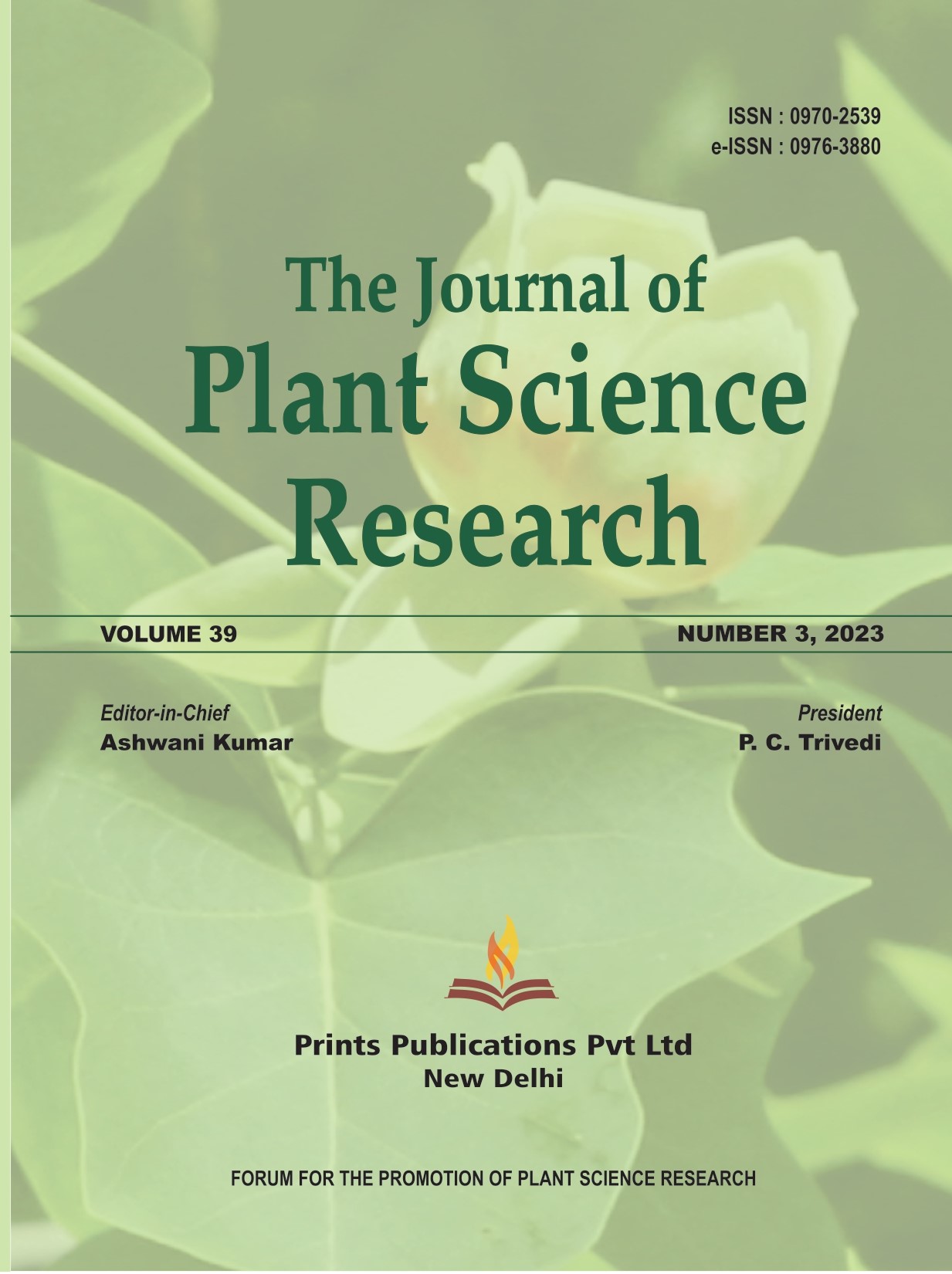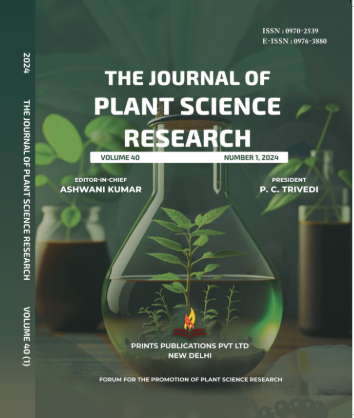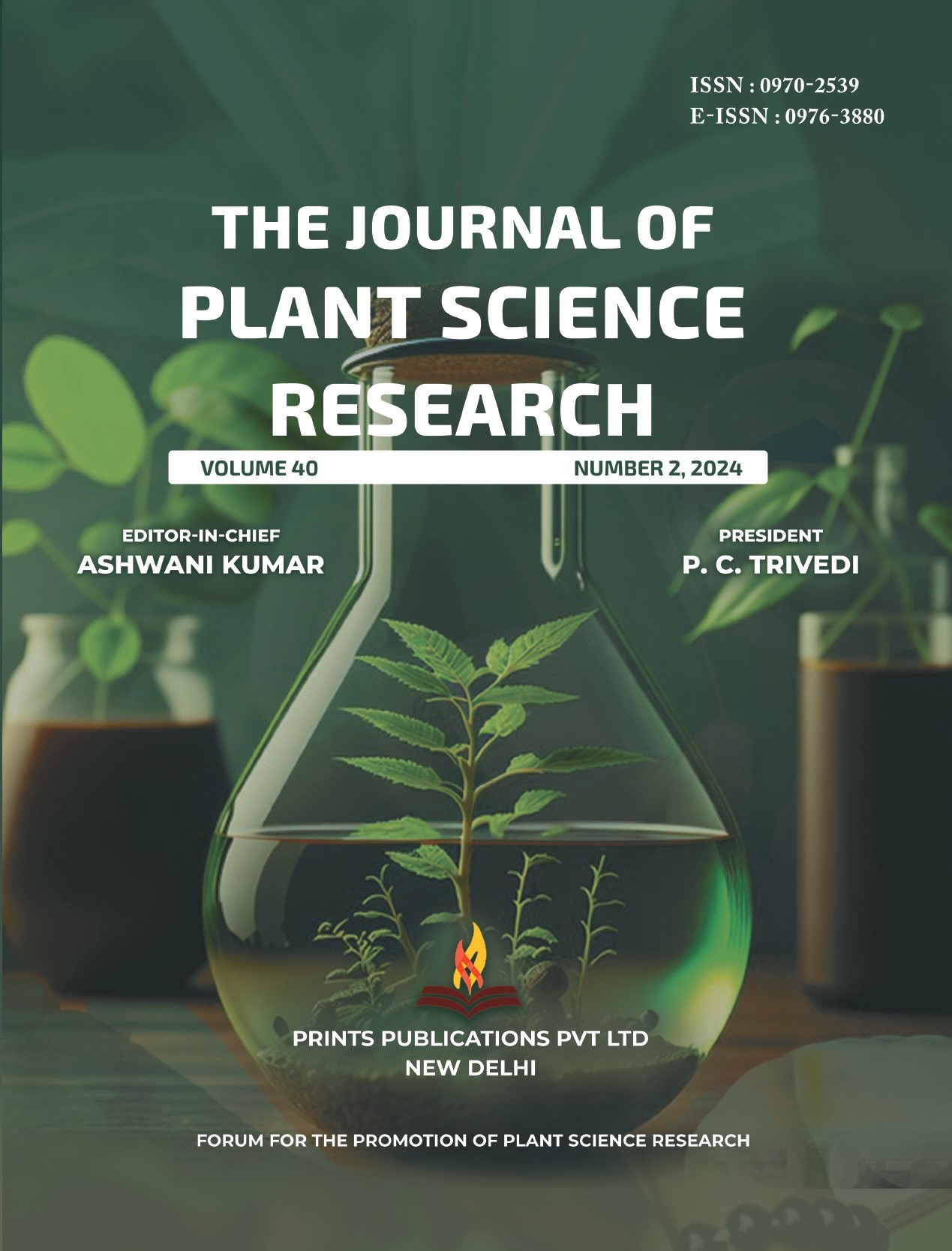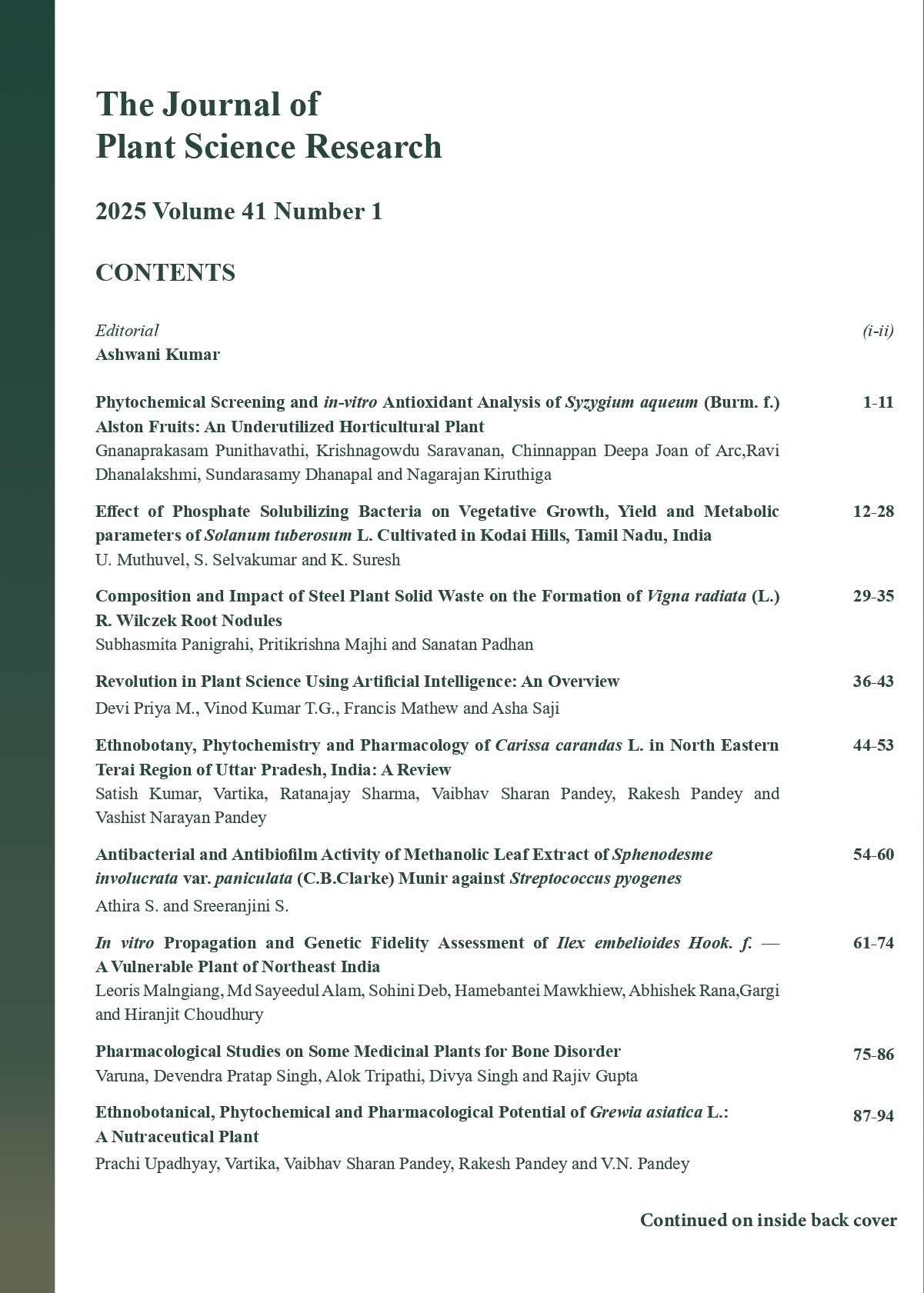The Journal of Plant Science Research - A UGC Care-Listed Journal
Published in Association with Forum For the Promotion of Plant Science Research
Current Volume: 41 (2025 )
ISSN: 0970-2539
e-ISSN: 0976-3880
Periodicity: Tri-annual
Month(s) of Publication: April, August & December
Subject: Botany
DOI: 10.32381/JPSR
Online Access is Free for Life Member
A Brief Review on Plant Taxonomy and its Components
By : Nadia Haider
Page No: 277-292
Abstract
The discovery and naming of plants has attracted a lot of attention throughout history. The science that explores, describes, names, and classifies all plants (and off course all other organisms) is called ‘Taxonomy‘. Plant taxonomy includes the description of the variation of plants, the investigation of the causes and consequences of this variation, and the manipulation of the data obtained to produce a system of classification. Taxonomy makes communicating biological information on plants much easier because it facilitates categorizing them. The three activities of classification, nomenclature and identification are the main functions of taxonomy. Traditionally, plants have been classified on the basis of one or few easily observable characters (artificial systems) or on morphological features and overall similarities using as many taxonomic characters as possible (natural systems). However, an insufficient number of experts, and the instability of phenotypes, which are easily affected by environmental factors, made this conventional methods of classification meet difficulties. With the advent of the fields of phylogenetics, cladistics, and systematics, the artificial systems have progressed to a system of modern biological classification based on the evolutionary relationships between organisms, both living and extinct. Here, I discussed the history of classification and its different systems, and referred to studies that addressed the problems that classifications of plants faced. Because the species rank has particular importance in the classification hierarchy and is the standard rank against which others are gauged, I also illustrated the system of naming new species (and cultivars) (‘Nomenclature’) through the construction, interpretation and application of the regulations that govern this system. As for the identification of plants, the development of various molecular techniques that generate molecular markers has made it possible to accurately identify plants. The ability to sequence DNA has uncovered a great deal more about where a plant belongs taxonomically and helps locate new species precisely. I referred to reviews that described some of those techniques and traditional methods that can be used for identification plant species and stressed on DNA barcoding.
Author :
Nadia Haider : Department of Molecular Biology and Biotechnology, Atomic Energy Commission of Syria (AECS), P.O. Box 6091, Damascus, Syria.






